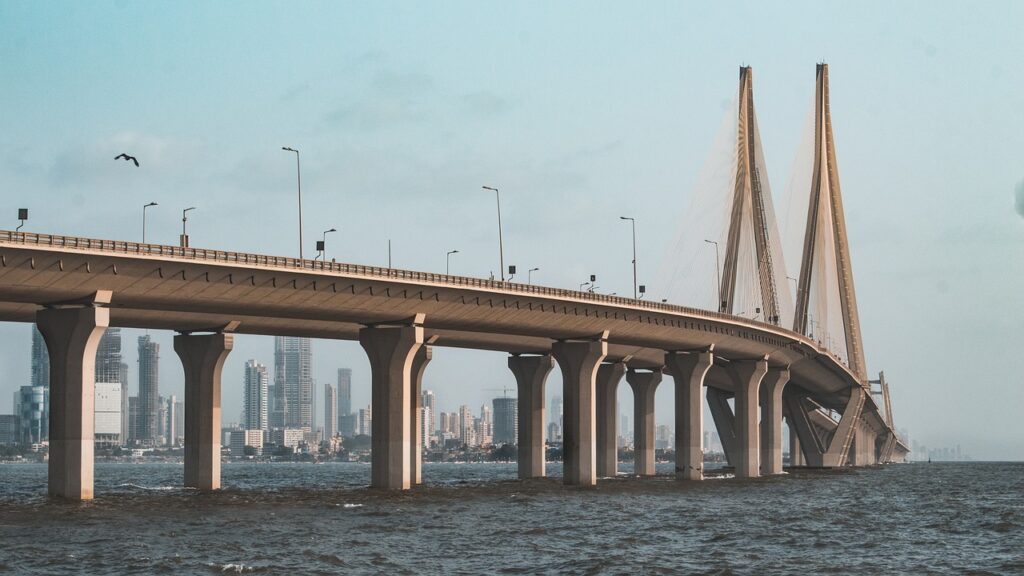The Dutch Ministry of Foreign Affairs commissions the Internationalisation Monitor, a quarterly publication that examines globalisation trends and their effects on the Dutch economy and society, as part of the Globalisation research agenda at Statistics Netherlands (CBS). This edition of the Monitor not only examines the different aspects of the Netherlands’ trade relations with India, a country expected to be the most populous and fastest-growing major economy in 2023 but also highlights the fact that India is a major player in the global economy.
India is committed to attracting more foreign direct investment and has implemented a program of incentives and subsidies to achieve this. The Dutch Ministry of Foreign Affairs sees India as an “economic heavyweight with significant opportunities for the Dutch business community” and aims to make trade and development investments in the country. Despite its potential for growth, India faces significant challenges in reducing poverty and closing the gap between urban and rural areas in terms of educational enrolment and unemployment.
India is a major player in the global economy
In recent decades, India has developed from a developing country into a major player in the global economy. Poverty has been strongly reduced, the economy has grown strongly in recent years and when it comes to the size of the service sector and digital economy, India is an important player worldwide. There were only four countries with a larger GDP in 2021. India, together with China, is expected to be responsible for half of global economic growth in 2023 and in the course of this year, India will even surpass China as the most populous country earlier than expected.
Challenges
However, the great potential of India’s population and the large digital economy does not guarantee unlimited growth. 10 percent of Indians still live in poverty and there are large regional differences in terms of internet use, participation in education, and unemployment. India’s importance in world trade, despite strong growth, is also not as great as the size of the economy would suggest. However, India’s importance in global international trade has increased sharply in recent years. The country is the 16th largest exporter of goods and the 8th largest exporter of services; for imports, India ranks 10th in both goods imports and services imports. Recent efforts by the Indian government to further integrate India into global value chains, including through the ‘Make in India’ program, may further increase India’s importance in global trade in the future.
To actually take its place as a major economic player, India will have to develop further as a high-quality knowledge economy by continuing to invest in innovation and education. In addition, there are plenty of challenges to train the young population and get them to work. It is possible that attracting foreign investment can help strengthen the industrial sector and create more employment in the manufacturing industry. The strong position of Indian employees in the Netherlands confirms the potential of the relatively young Indian population. The Indian employee in the Netherlands is on average relatively young and often male, and often works in the information and communication sector and specialist business services. Particularly due to the over-representation in those industries, the average hourly wage of Indian employees in the Netherlands is very high.
Dutch investment in India
An important part of Prime Minister Modi’s government’s ‘Make in India’ initiative is attracting foreign investment. After all, this provides foreign capital and knowledge, and thus also employment and possible economic growth. For instance, Dutch investments in India have grown strongly since that program began. This is evident from the total value of investments based on macro figures from De Nederlandsche Bank, but also from the number of subsidiaries that Dutch business groups have in India compared to the other BRICS countries.
Investments are more attractive to developing countries than international trade relations because they represent a longer and more intensive relationship with foreign companies. It is generally not clear to what extent the attraction of investments is accompanied by more or less trade. Are the two substitutes for each other or are they complementary to each other? In this section of the rapport, investment has been divided into horizontal and vertical investment, and it has been shown that horizontal investment appears to be a substitute and vertical investment as a complement to international trade.
Brazil and China have the largest size of total investments in subsidiaries within the BRICS countries, measured in total nominal value. Brazil has relatively few government restrictions and China is also attractive to Dutch investors. Unlike Brazil and China, India has been relatively late in opening up its economy to foreign investors. The country, on the other hand, has various factors that offer opportunities for Dutch investors in the future. However, it will be some time before the volume of investment in India reaches par with Brazil and China.
Source: CBS, Internationaliseringsmonitor, India, 2023-01
Do you have a question about this article or about doing business in India, please get in touch with us here.

